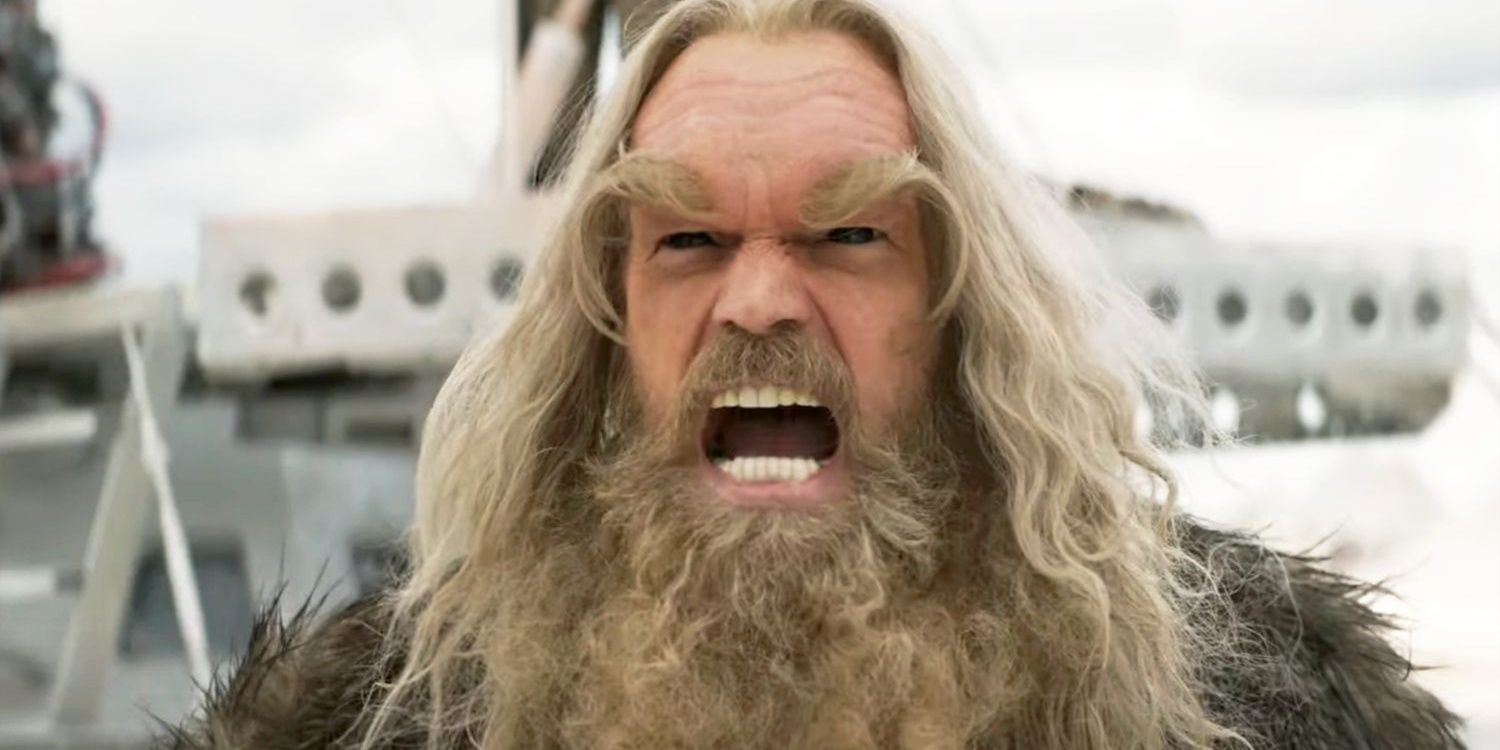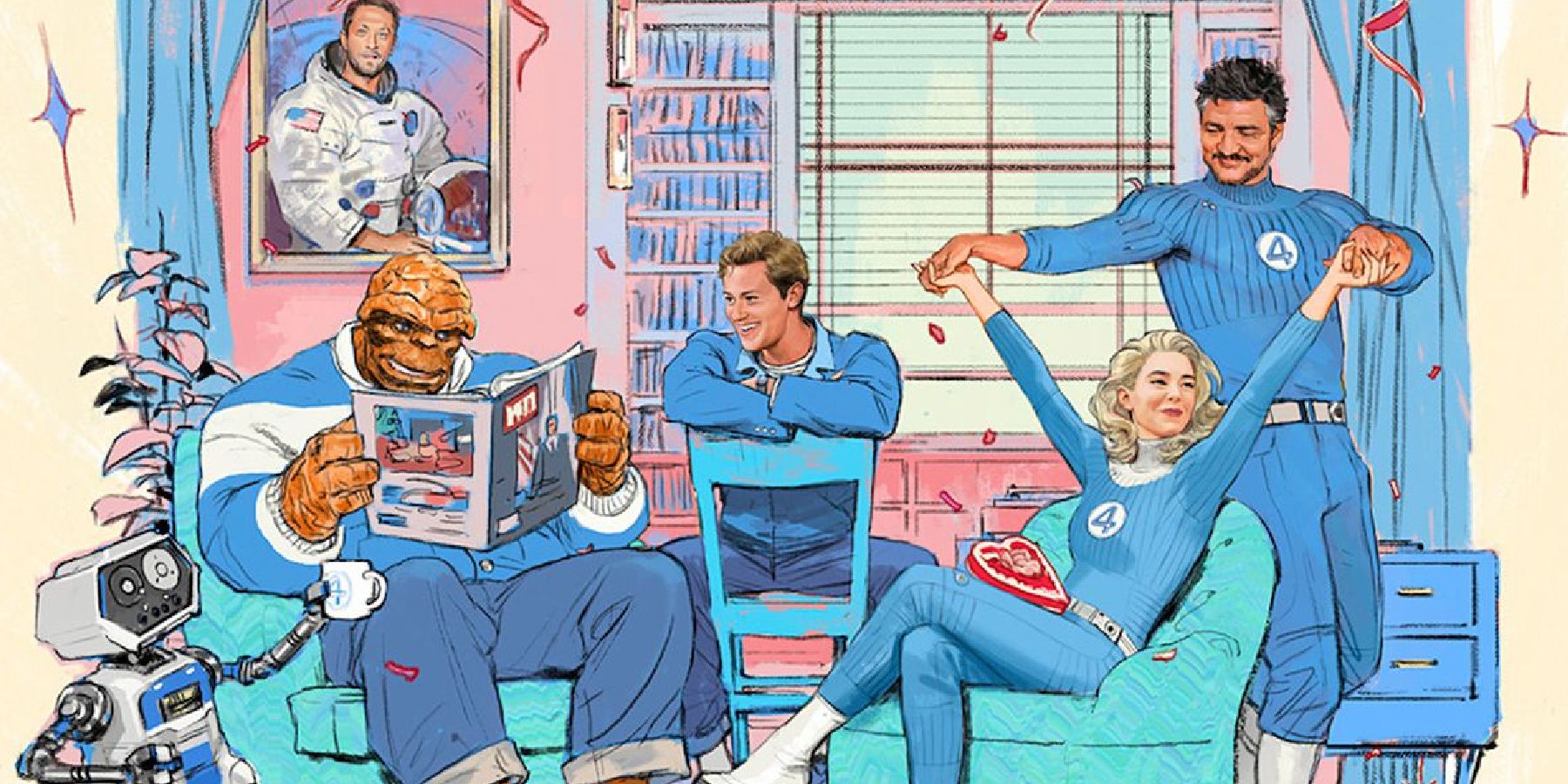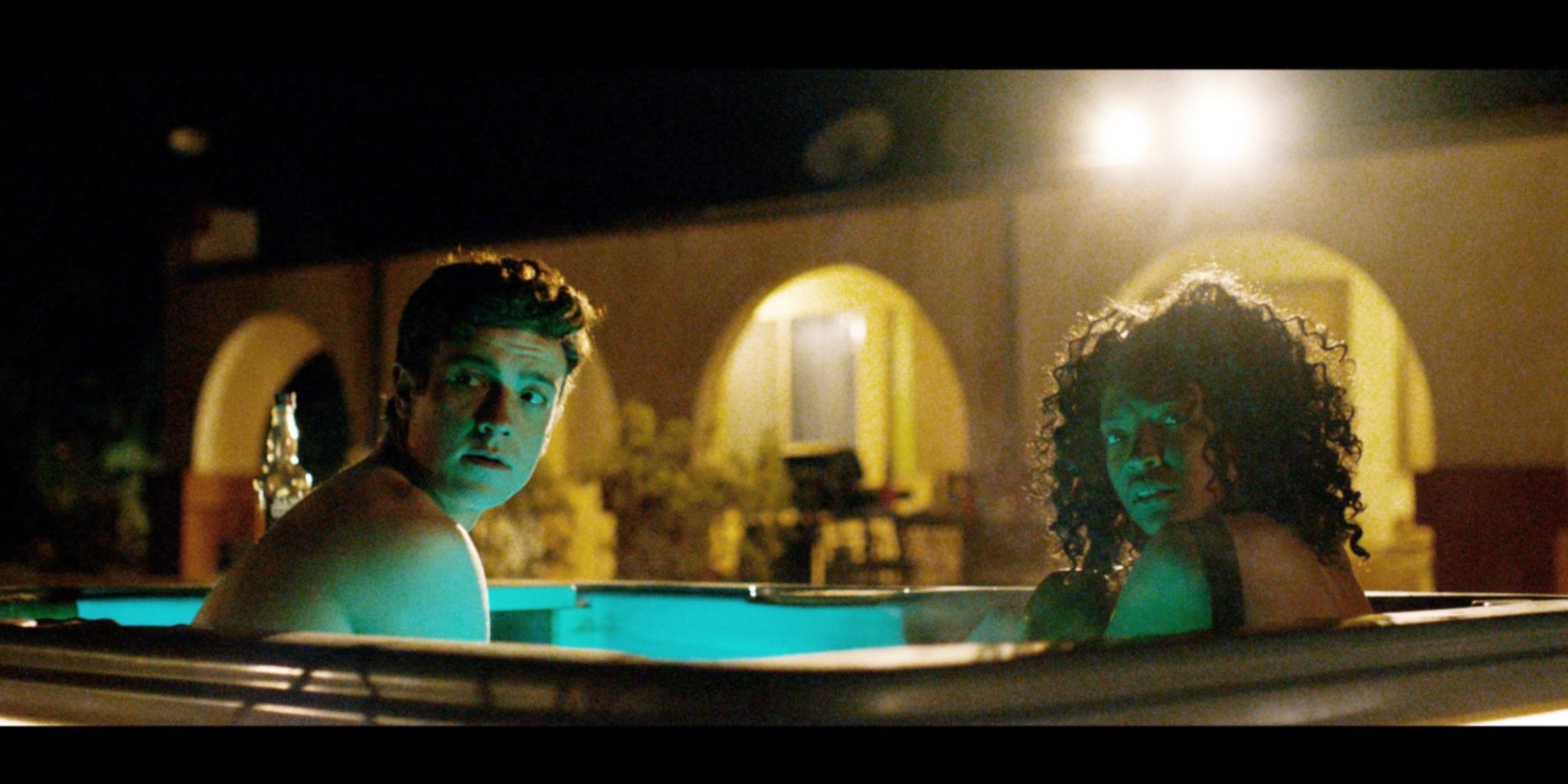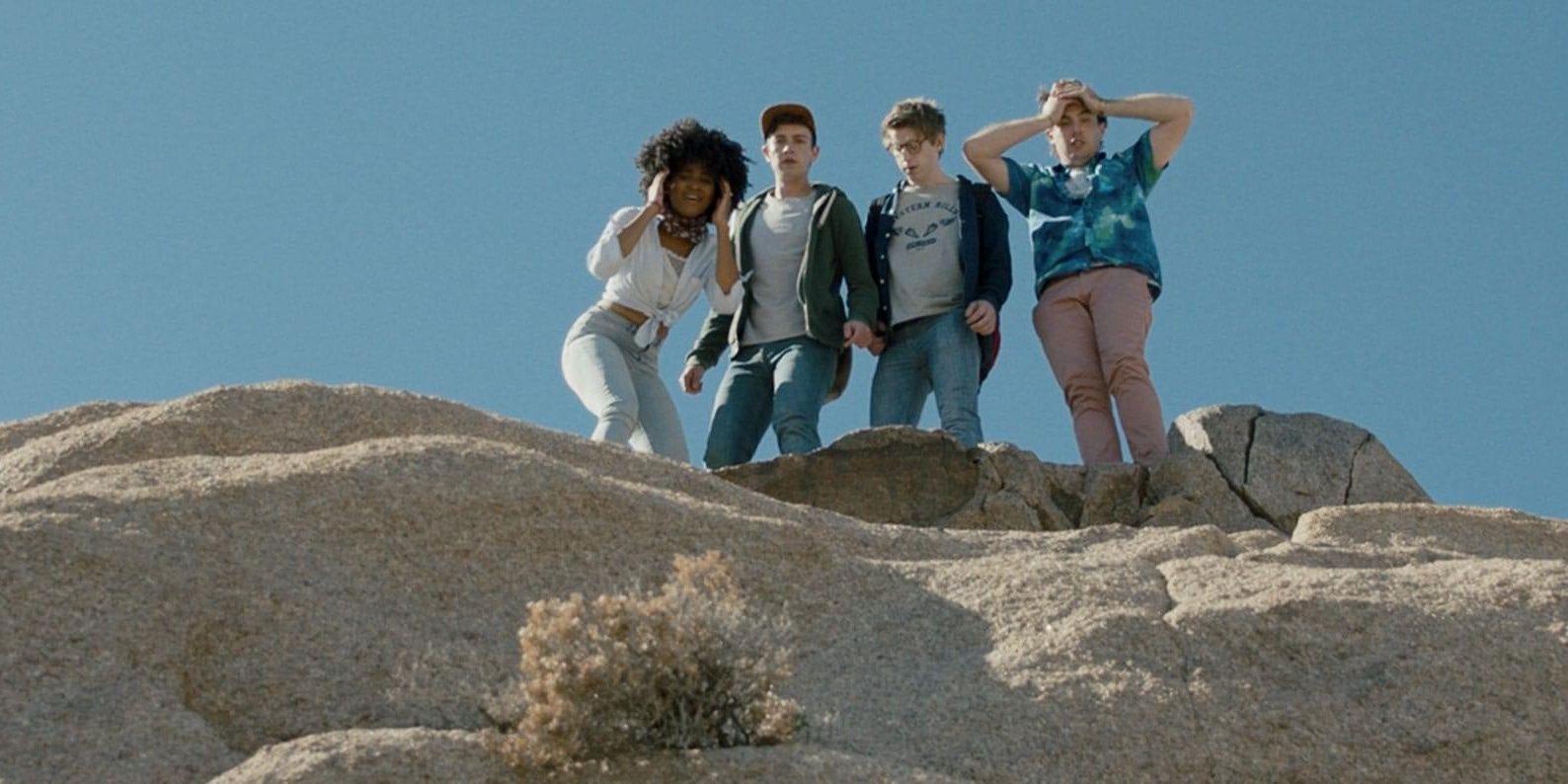Head Count, directed by Elle Callahan, is a 2018 horror movie that is somewhat formulaic. It follows the story of ‘people go on vacation and find their vacation ruined by the supernatural,’ which at this point, has absolutely been done to death. However, this film does manage to still be fairly entertaining. The film borrows a lot from John Carpenter’s The Thing in the creation of its monster, called a Hisje, which takes the form of the various characters, as opposed to being a clear outsider. Also, the film takes place in a rented house in Joshua Tree in place of a dreary cabin in the woods. These are two small changes, but they help a lot to make the film feel more original.
The story starts with Evan driving to visit his brother, a hippie that doesn’t do drugs, who lives in a trailer in Joshua Tree. After arriving, the two brothers decide to go on a hike, where they find a group of nine friends on vacation. One of these friends, Zoey, takes an interest in Evan, and so another friend, Camille, invites the two brothers to smoke with them. Evan agrees, but his brother declines. Following this, Evan joins the group of friends, making the group of nine a group of ten. He sleeps at their rented house, drinks their liquor, does their drugs, and what is most odd is that none of the other friends ever even ask him to pay a share towards the Airbnb.
Head Count is similar to The Thingin that the monster can replicate people so perfectly that others can’t even tell the difference between the original person and the copy. However, there are few other similarities between the two films. The Thing creates anticipation and even still manages to shock the audience by how various events play out, whereas Head Count spends the majority of its runtime building up anticipation that is never really satisfied. No one in the film dies until the last twenty minutes, and there isn’t much that really happens before that point either.
The film has a lot of issues in its pacing. A huge amount of time is spent on how Evan comes to be a part of the group of friends. Following that, a few odd things happen here and there, but the characters never seem to become aware of anything. Finally, at a point in the film that feels like it should be the height of the conflict, Evan learns what the Hisje is and how it draws power from groups of five and chooses to tell no one else. Despite the fact that they’ve let him stay with them the last three days, drink all their liquor, and do all their drugs. The group then gets split from ten into two fives. Five stay at the house, and five drive out for a hike.
Evan, having reached the destination for the hike, only now realizes then that they’ve been split into two fives, and demands they drive back to the house. Once they return, everyone who stayed there is already dead. The Hisje appears as Zoey, and it kills one of the five remaining people. The remaining four characters freak out for a minute or so, and then the Hisje kills 3 more all at once. In a span of less than ten minutes, everyone other than Evan is dead. Evan is then alone with the Hisje, and it kills him too. For the entire run of the movie, it feels as though the audience is just waiting for something to happen, and in the last twenty minutes, everything happens at once.
What is perhaps most problematic about the film is that there are so many underdeveloped characters. It is a necessity to have a large group when working with a monster that imitates members of the group. If there were too few people, it would be obvious who was a copy. In The Thing, the audience has an idea of each one of the characters, and their defining traits, even if it is something as little as knowing that one character is a smoker. Because the audience feels like they know who the characters are, even to such a small extent, it becomes so much easier to notice and to care when one of these characters die. In Callahan’s film, the majority of the characters are indistinguishable. Some have only a handful of lines, if even that many, and subsequently when they die, the audience has no real reaction to it.
To be fair, the runtime of The Thing is an hour and fifty minutes, about twenty minutes longer than Head Count, so it does give a bit more time to get to know the characters. Although, having a longer runtime in a horror movie does not necessarily guarantee that every character will be engaged with adequately before their death. Alien: Covenant runs just over two hours, and the majority of the characters in that film are little more than food for the aliens.
Despite its issues, Head Count is not a terrible film. It certainly has problems, but for a director’s first feature film, and considering the low budget, it does have merit. It has the bones of what feels like it could be a good horror movie. And with time, it seems that Callahan has the potential to create a genuinely impressive horror film like The Thing. And Head Count is still a fun horror movie to watch so long as it’s not taken too seriously.





